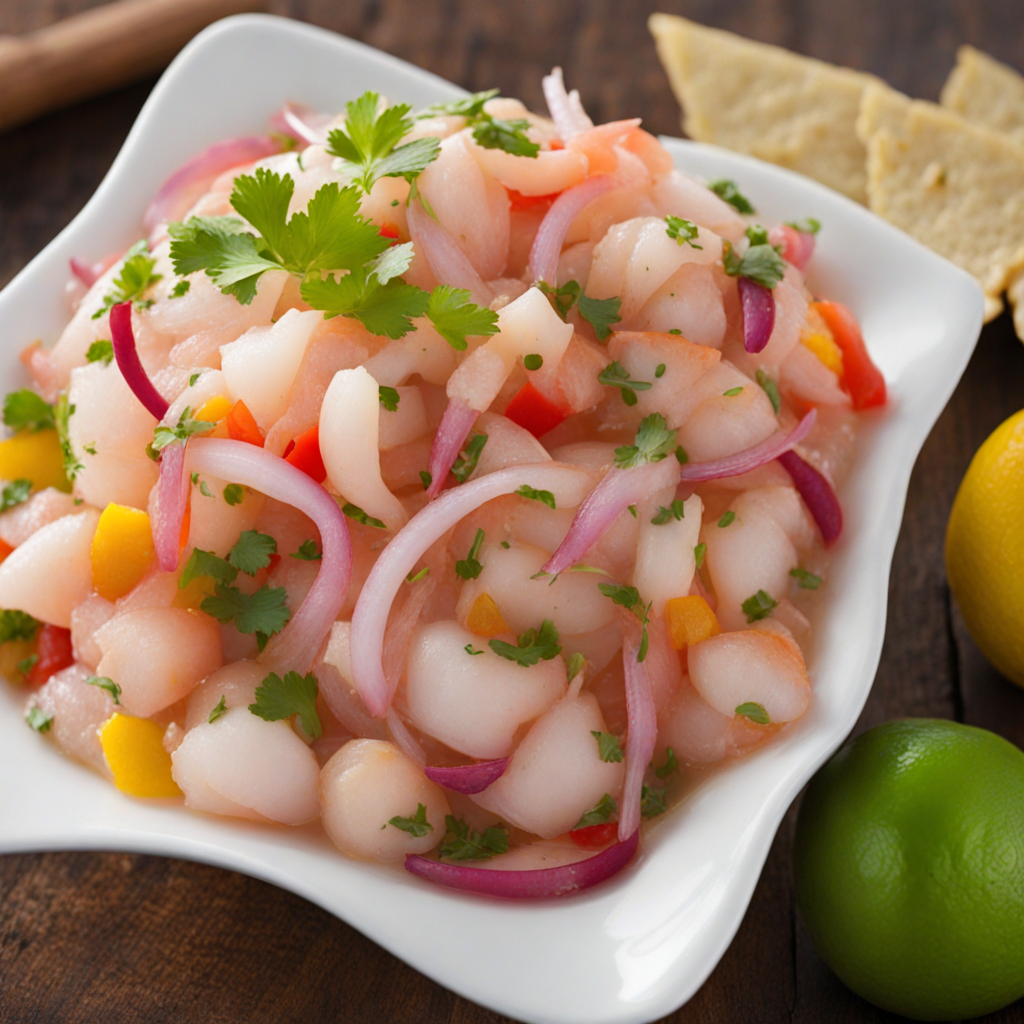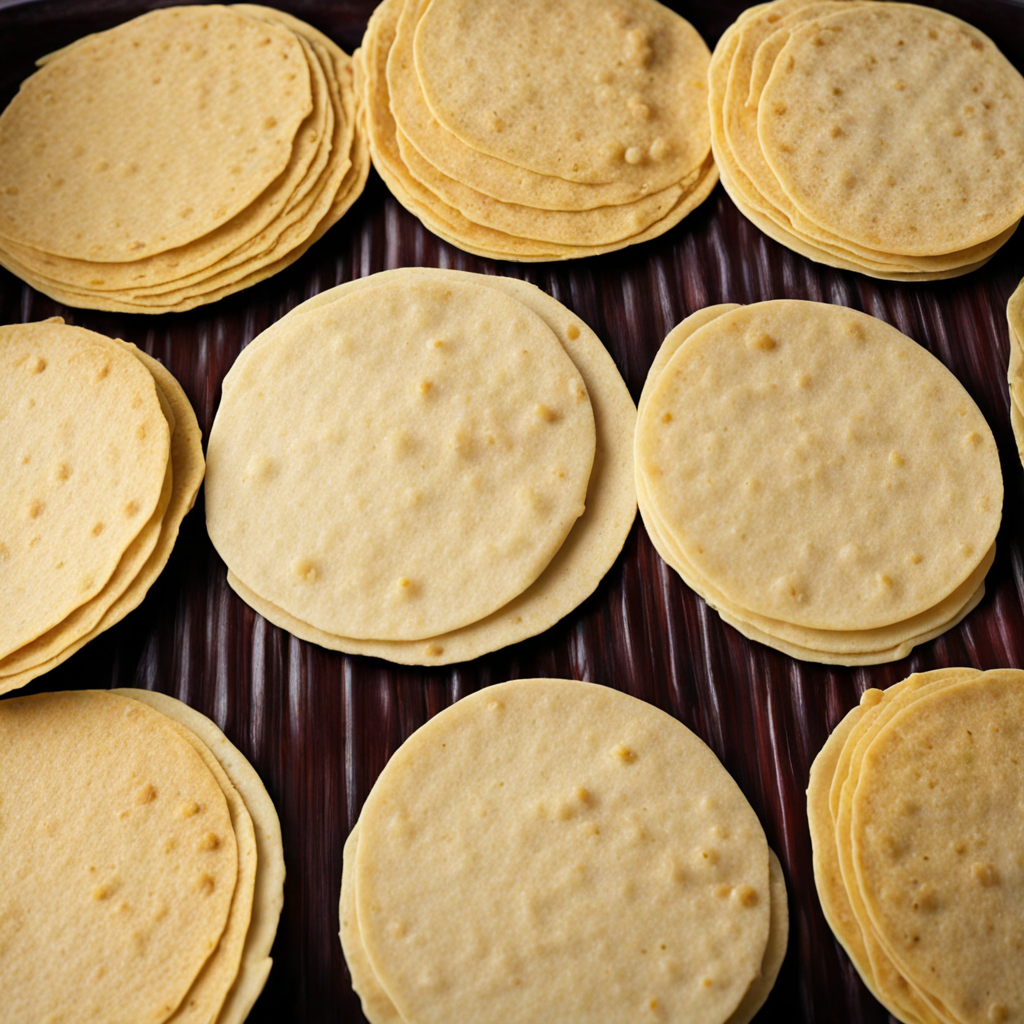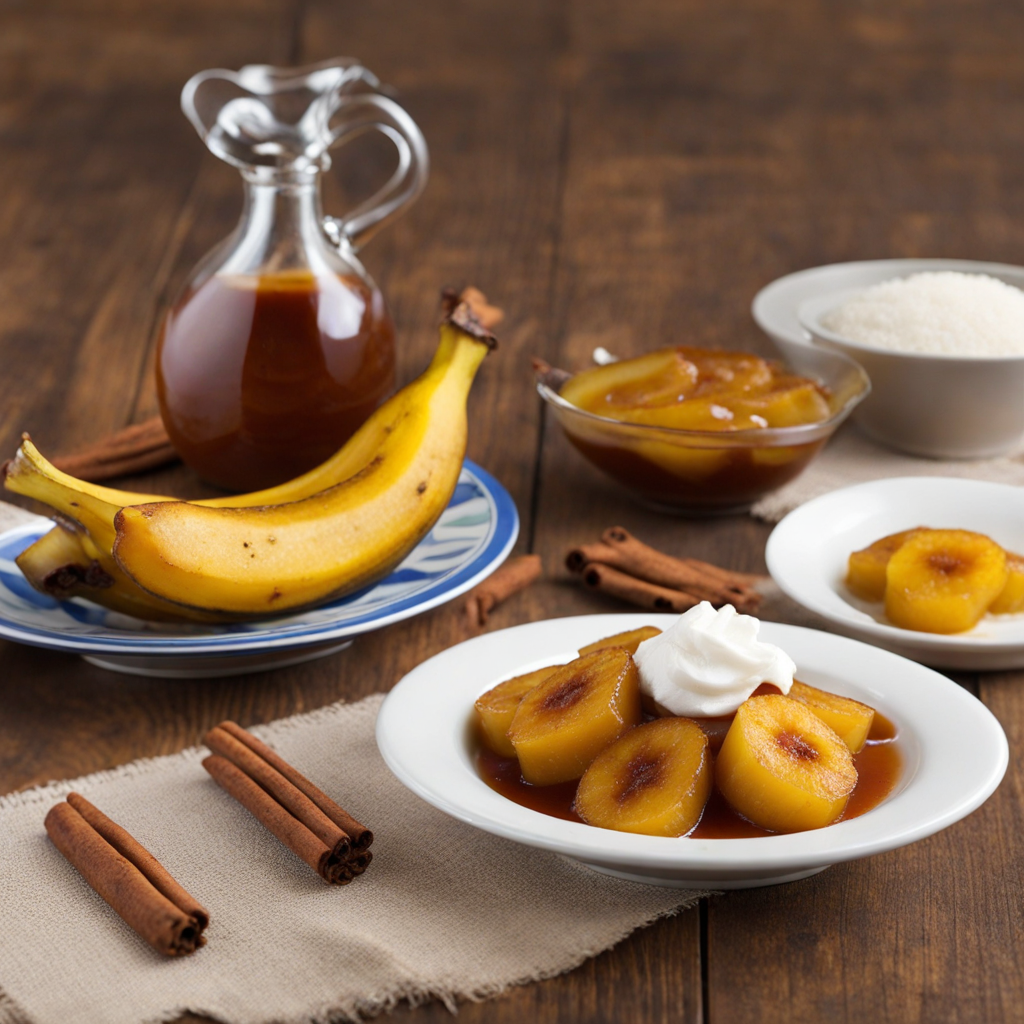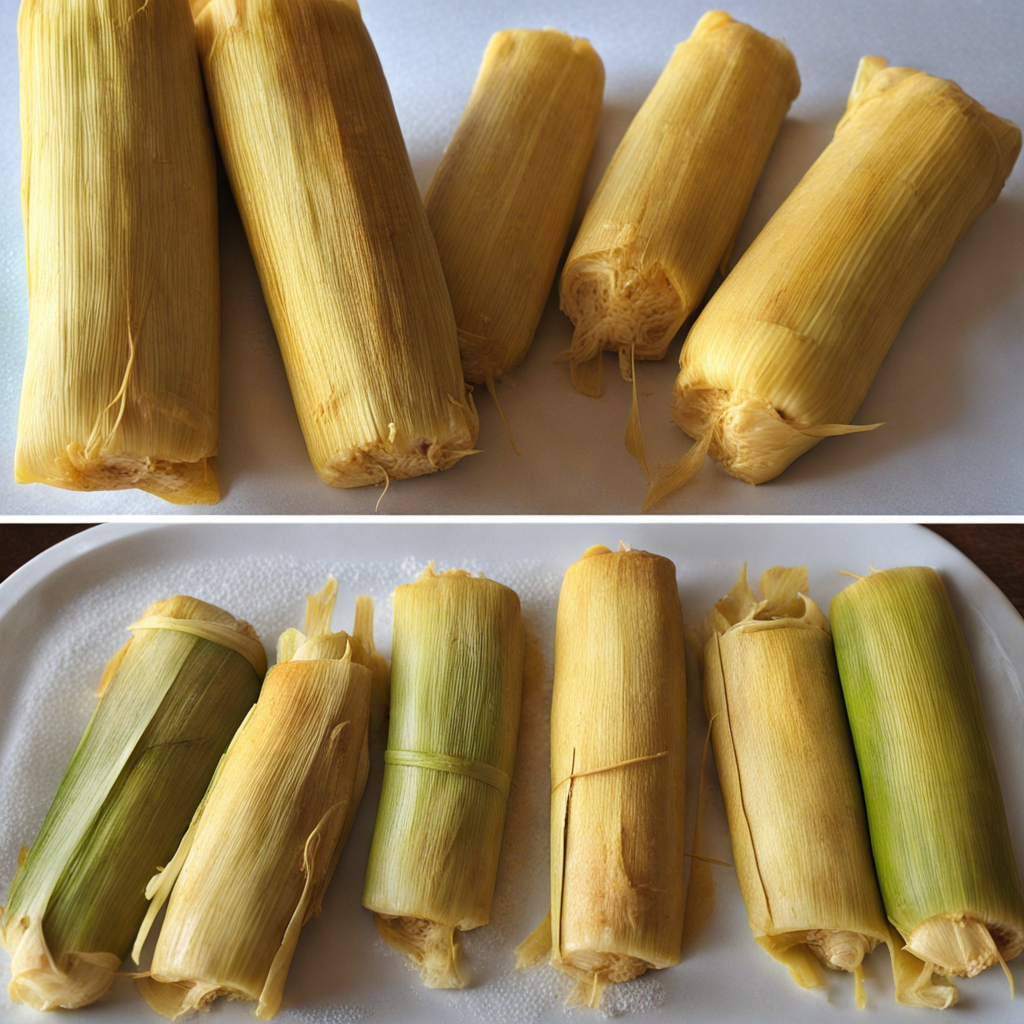Ceviche
Ceviche is a vibrant and refreshing dish that embodies the essence of Panama's coastal cuisine. At its core, ceviche consists of fresh fish or seafood that has been "cooked" in a marinade of citrus juices, most commonly lime or lemon. This unique method of preparation allows the acidity of the citrus to denature the proteins in the fish, resulting in a tender and flavorful dish without the use of heat. In Panama, ceviche is often made with fresh catch from the Pacific or Caribbean waters, such as corvina (a type of white fish), shrimp, or octopus, ensuring each bite bursts with freshness and flavor. Accompanying the fish, a medley of ingredients enhances the dish's complexity and texture. Traditional Panamanian ceviche may include finely chopped onions, cilantro, and peppers, which add a crunchy texture and a hint of spice. The addition of diced mango or avocado also provides a sweet and creamy contrast, making each spoonful a delightful experience of flavors. The dish is typically served chilled, often accompanied by crispy tortilla chips or plantain chips, allowing for an enjoyable contrast in textures. As you savor each bite of Panamanian ceviche, you'll find that the balance of acidity, sweetness, and freshness is truly captivating. This dish is not just about taste; it reflects the vibrant culture and rich biodiversity of Panama's coastal regions. Perfect as an appetizer or light meal, ceviche is a celebration of the ocean's bounty and a testament to the culinary traditions that have been passed down through generations. Whether enjoyed at a beachside restaurant or crafted at home, ceviche offers a unique taste of Panama that is sure to leave a lasting impression.
How It Became This Dish
Ceviche: A Culinary Journey Through Panama’s History Ceviche, a dish that has captured the hearts and palates of food enthusiasts around the globe, is a vibrant reflection of cultural fusion and regional identity. While its origins can be traced to the coastal regions of Latin America, ceviche in Panama boasts a unique blend of influences that highlight the country’s rich history and diverse culinary landscape. #### Origins of Ceviche The roots of ceviche can be traced back to the ancient civilizations of Peru, where it is believed to have been created over 2000 years ago. The early Peruvian inhabitants utilized the abundant seafood from the Pacific Ocean, marinating it in the juice of local fruits and herbs. The traditional method of preparation involved using the citric acid from fruits like the native lime or the “limón” to cure the fish, effectively "cooking" it without heat. As trade routes expanded and Spanish colonization altered the cultural fabric of the Americas, ceviche traveled to various coastal regions, adapting to local ingredients and culinary traditions. The arrival of citrus fruits from Europe, particularly limes and oranges, was pivotal in shaping the dish we recognize today. #### Ceviche in Panama: A Unique Fusion In Panama, ceviche is not just food; it is a cultural emblem that reflects the nation’s rich history and ethnic diversity. The country’s strategic position as a land bridge between North and South America has made it a melting pot of cultures. Indigenous communities, Afro-Caribbean populations, and Spanish colonizers have all contributed to the country’s culinary landscape, with ceviche at the forefront. Panamanian ceviche is often made using fresh fish such as corvina (a local white fish), shrimp, or octopus, marinated in a blend of lime juice, onions, cilantro, and peppers. Unlike the Peruvian version, which may use a more complex mix of ingredients, the Panamanian ceviche tends to be simpler, highlighting the freshness of the seafood. The use of "aji," a local chili pepper, adds a distinctive kick, reflecting the local palate’s preference for spiciness. Ceviche Paloma, a popular variation in Panama, incorporates the traditional elements of ceviche but often features a combination of seafood with tropical fruits like mango or pineapple, blending sweet and savory flavors. This addition not only elevates the dish’s complexity but also showcases the agricultural bounty of the region, where tropical fruits grow abundantly. #### Cultural Significance Ceviche is more than just a dish in Panama; it is a social experience, often enjoyed during celebrations, family gatherings, and casual outings. Its presence in local cuisine symbolizes the Panamanian love for fresh, flavorful food and the communal aspect of dining. Street vendors and local seafood restaurants play a crucial role in making ceviche accessible, with many establishments offering their own unique twists on the classic recipe. The dish is especially popular during festive occasions, such as Carnival and Independence Day, where it is often served alongside traditional Panamanian beverages like “chicha” or “seco” (a local sugarcane spirit). Ceviche has also become a popular choice during the hot and humid summer months, providing a refreshing and light meal that is perfect for the climate. #### Evolution Over Time Throughout the years, ceviche in Panama has evolved, reflecting both global culinary trends and local preferences. As tourism has increased, so too has the international exposure of Panamanian cuisine. Chefs and food enthusiasts have taken to social media platforms to showcase their culinary creations, elevating ceviche to new heights. The dish has gained recognition not only at local markets but also in fine dining establishments, where chefs experiment with innovative presentations and flavor combinations. In recent years, the rise of gastronomy as a form of cultural expression has led to a renewed interest in traditional dishes like ceviche. Culinary festivals and competitions spotlight the versatility of ceviche, encouraging chefs to push boundaries while honoring the dish’s origins. This modern resurgence has also prompted a greater appreciation for sustainable seafood practices, with many restaurants prioritizing locally sourced fish and promoting responsible fishing methods. #### Globalization and Ceviche As ceviche has transcended regional boundaries, it has been embraced and reinterpreted by chefs worldwide. In North America and Europe, ceviche can be found on many restaurant menus, often featuring different types of fish and unique marinades. While some purists advocate for traditional recipes, many culinary innovators have taken creative liberties, incorporating diverse ingredients and techniques that reflect the local food culture. However, for Panamanians, the essence of ceviche remains rooted in its freshness and simplicity. It is a dish that embodies the spirit of the nation—colorful, vibrant, and full of life. Whether enjoyed at a local beachside shack or a high-end restaurant, ceviche serves as a reminder of Panama’s rich cultural heritage and the importance of community and family. #### Conclusion Ceviche is a culinary treasure that tells a story of adaptation, resilience, and cultural exchange. In Panama, it is a dish that has evolved over centuries, reflecting the nation’s diverse history and vibrant identity. As it continues to gain popularity both locally and internationally, ceviche remains a symbol of Panamanian pride—a dish that connects the past with the present and celebrates the bountiful resources of the sea. In essence, every bite of Panamanian ceviche is a taste of history, a nod to the past, and a celebration of the flavors that define this beautiful Central American nation. Whether enjoyed by locals or visitors, ceviche stands as a testament to the power of food in bringing people together, bridging cultures, and creating lasting memories.
You may like
Discover local flavors from Panama







